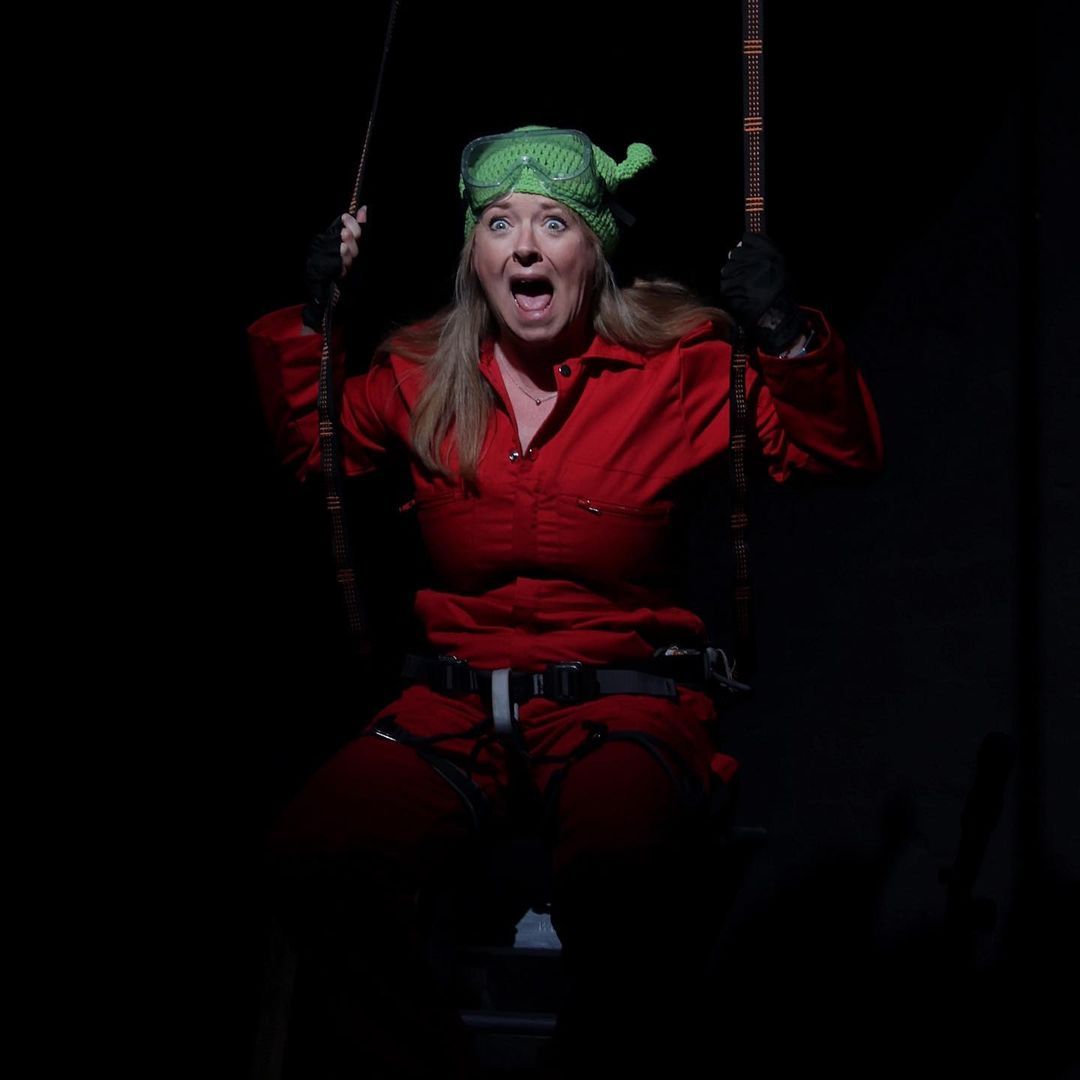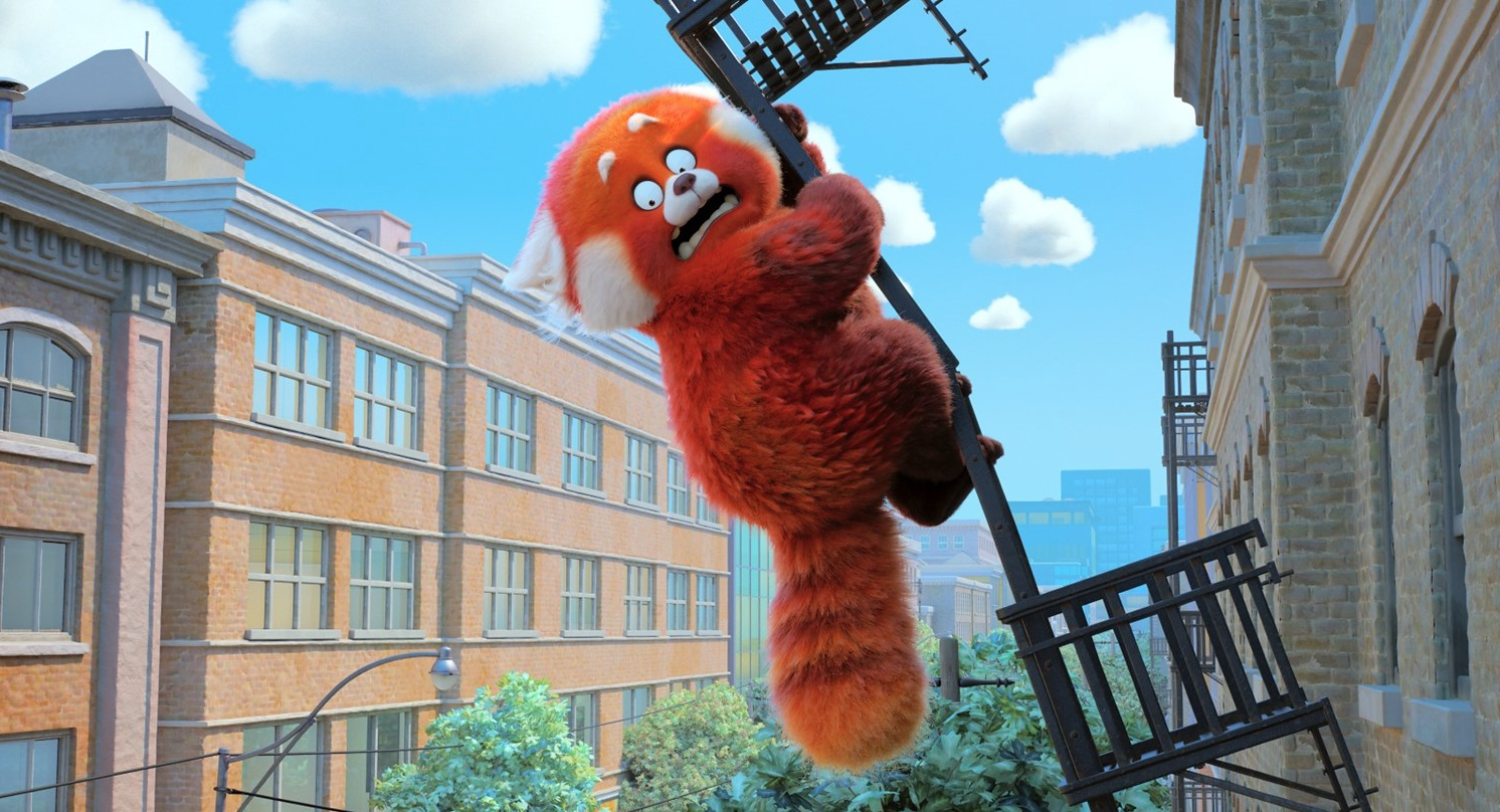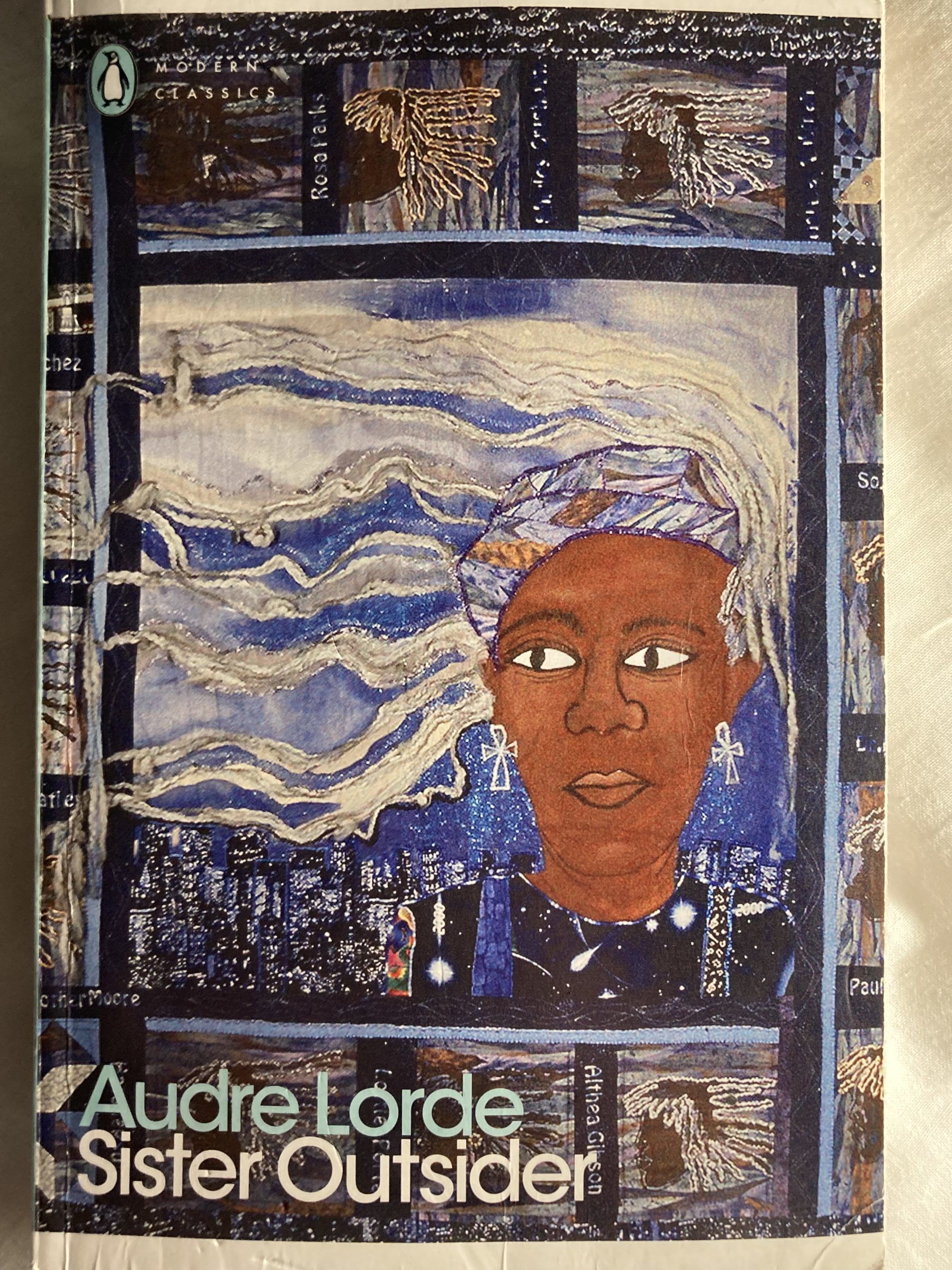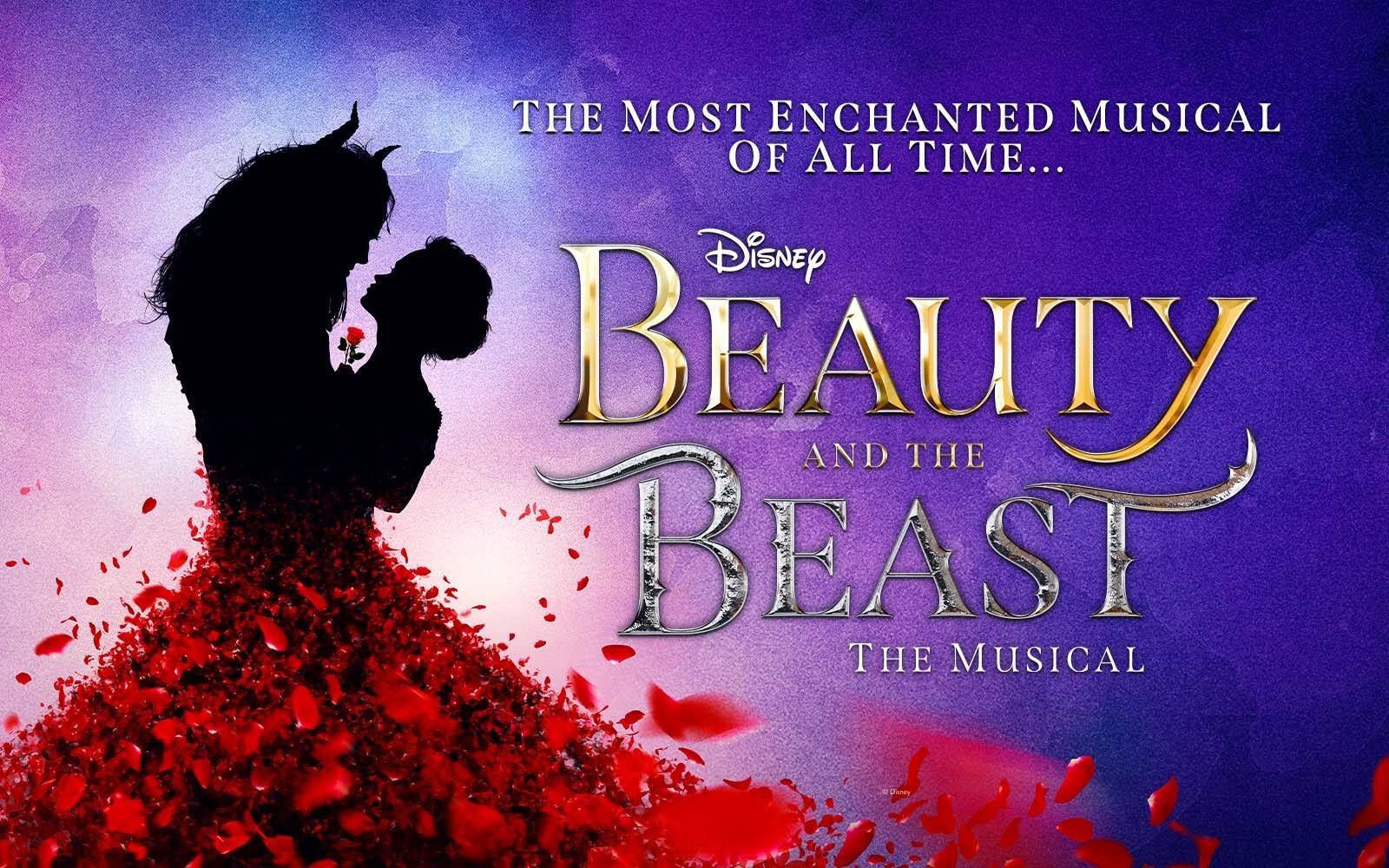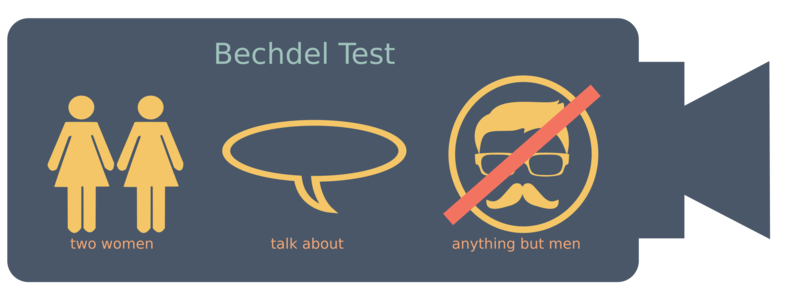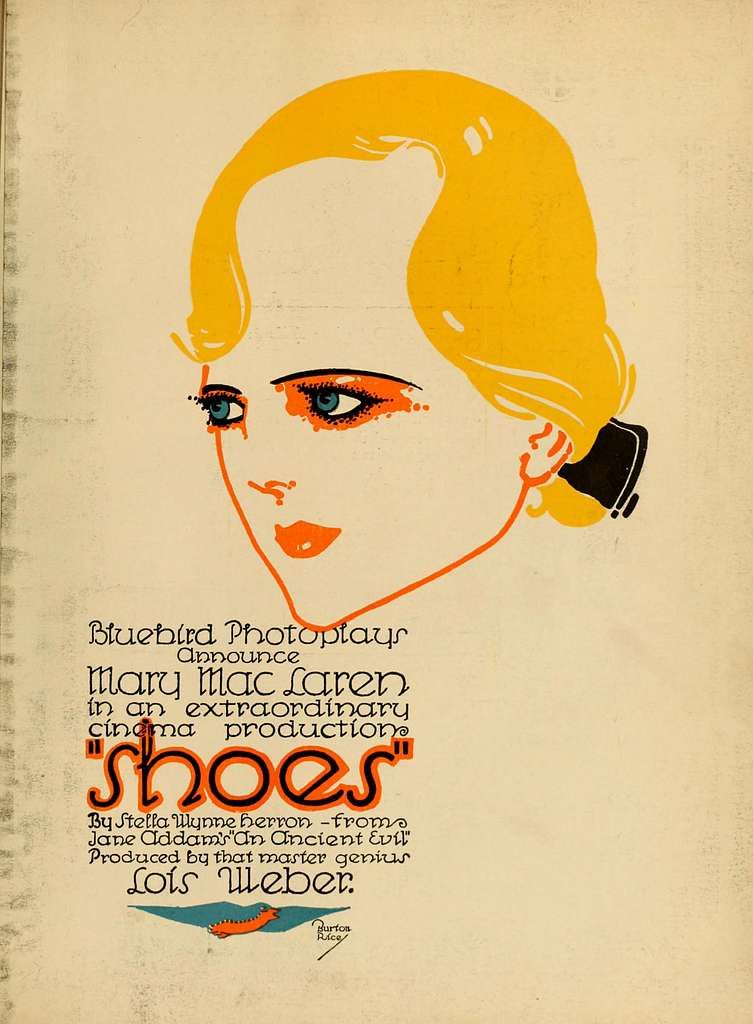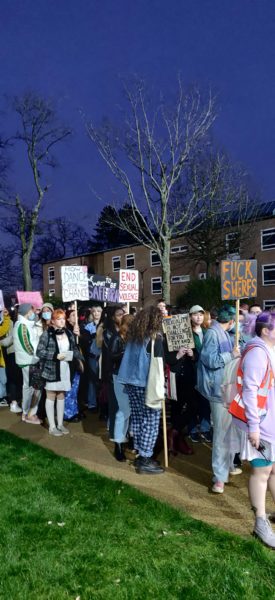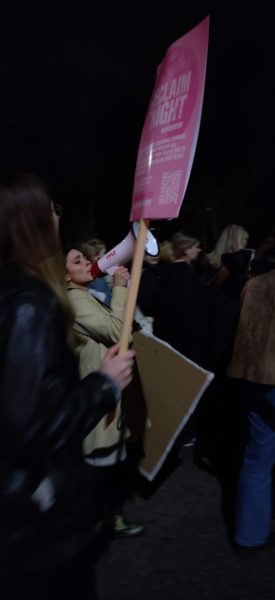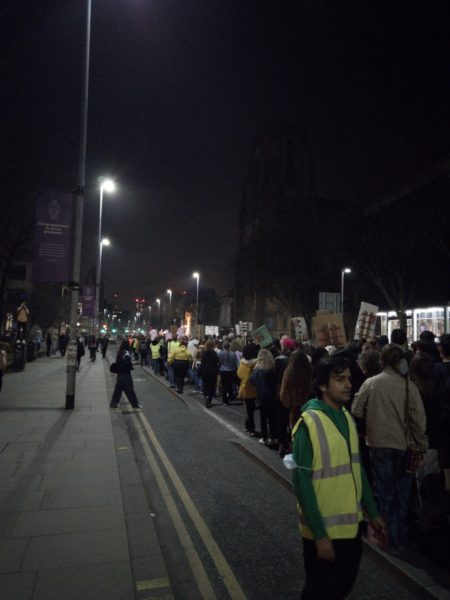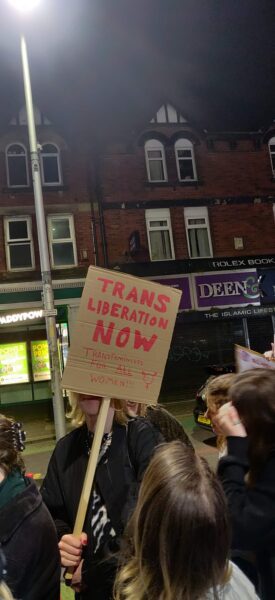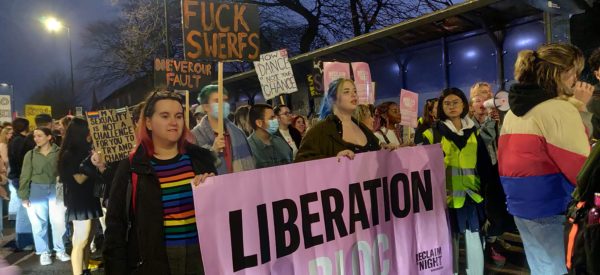Each contraception method is demanding in its own right. Often by the time university rolls around many of us have an established method – be it taking the pill every day or having an IUD inserted. Added onto the stress of moving to university, is the admin that comes with registering with a GP here. This means that students have to often request a familiar contraceptive method from a new GP and be faced with new rounds of tests and appointments. Arguably, a change we were all aware was coming.
But upon investigation, it seems the women registered with various local Fallowfield GPs are particularly unimpressed at the inconsistent and unhelpful service they’ve often encountered. It seems getting your hands on the pill, the morning after pill and an STD kit is a lot more difficult for students than anticipated. The general reaction whenever I asked women if they’d be willing to talk about their contraception experience at university was a roll of the eyes, with a few shocked, “it’s awful, is it awful for other women too?”.
“it’s awful, is it awful for other women too?”.
It is important to acknowledge that not everybody who gets their period identifies as a woman. People who identify as trans, non-binary and genderfluid may also menstruate. The students interviewed for this article were all cis women, so the term ‘women’ will mostly be used, for ease, when detailing their testimonies.
Contraception is perhaps as personal as medicine gets, so much so that it’s arguably a rite of passage for many women. It really is all about preference and involves what can be years of trial and error. Lifestyle changes, pre-existing mental health conditions, other medication you might be on, and changes in your sex life are all things you and your GP have to consider.
When you first start the contraceptive pill your blood pressure has to be taken before you start and then taken again a few weeks in. This is to avoid the common, easily prevented and risky side-effects of your blood pressure going up or blood clots forming. Usually, your GP will also run a few questions about your sex life by you. Or it is sometimes just one big chat about your period symptoms, as a lot of women are on the pill to regulate their cycle or cope with chronic period pains. Following that, you’d expect a chat anywhere between one to three months in with the same GP, to check your side effects from the pill aren’t too dreadful. These can include weight gain, spotting between the pill, breast pain and sometimes severe depression.
For many of the women interviewed, renewing their pill prescription with their new Manchester based GP was far more difficult than expected. One anonymous woman was told by Bodey Medical Centre that she would have to have her blood pressure taken for her prescription to be renewed, despite being on the same pill for a number of years. They informed her there were no upcoming appointments in the foreseeable future and even suggested it would be easier for her to take her blood pressure herself. She described the task she was left with as “practically not possible for [her] at all”.
Upon investigation, routine checks of blood pressure are vital when attempting to obtain a repeat prescription of the mini pill (or progesterone-only pill). Devon Sexual Health explain on their site that official policy involves a blood pressure check before starting, before receiving the first lot of repeat pills, and then yearly. The site states that, ‘during the pandemic, [they] have not been able to offer [their] usual service of seeing everyone face to face’ so patients may need to provide an up to date reading themselves, which may involve purchasing one’s own home blood pressure machine. These retail from around £25-£80+ on Amazon. A considerably expensive purchase to have to make as a woman at this late stage in the pandemic.
Another woman interviewed described having to wait three weeks to get an appointment with Bodey Medical Centre to have her blood pressure taken. She told me, “The wait for me was fine I suppose but is inadequate for those who really need to start the pill.” She failed to understand, in particular, “why such a big GP, that facilitates nearly all the students in Fallowfield, doesn’t have a pharmacy or clinic as an extension to handle the common appointments needed for simple contraception access.”
Going off your pill unplanned can be an ordeal both hormonally and symptomatically. Immediately, a break in your pill will usually land you with your period within a few days due to oestrogen withdrawal. An unmedicated period for many women, especially having been on the pill for extended periods of time, can be excruciatingly heavy and painful. Not to mention, its effectiveness as a contraceptive is practically void if not taken for more than two or three days. Essentially, a limbo phase of not having your pill can be a physical and strategic upheaval.
A third women described her experience with Bodey Medical Centre as a “continuous struggle”, especially during times of heightened COVID restrictions. Bodey demanded that she have to keep coming in to get her blood pressure checked every time she ran out of a packet of contraceptive pills. These packets were only covering her for up to 3 months at a time. The interviewee was adamant that this isn’t the usual protocol, unless you happen to be at higher risk of clots which she is not.
Although the NHS do disclose on their site that ‘it can take longer to get contraception at the moment’, the official recommendation states that anybody who has had their blood pressure and weight checked in the last 12 months should be able to receive a prescription of the combined pill. If this repeat prescription is not possible, due to COVID delays, it is recommended by the NHS that the patient then tries the progesterone-only pill instead. A seemingly easier alternative that was not offered to the patient in question.
She moved on to describe running out of the pill back at home during the holidays once, calling it “a nightmare to coordinate”. Bodey directed her to pharmacies in her hometown who didn’t offer a blood pressure taking service, meaning she often went without the pill for a few weeks at a time when away from university.
However, some women have had positive experiences with Bodey Medical Centre. One individual told me she booked an appointment on the phone, had her blood pressure checked the very next day and then was prescribed twelve months-worth of the pill she had been on at her previous GP. Evidently, it’s not all bad, sometimes student’s transition from a home GP to a university one can be smooth. It is highly likely that our nearby GP services are just overstretched or understaffed. But there is a running theme of inconsistency in the testimonies of those interviewed. And when access to contraception is inconsistent beyond your power, the upheaval that can ensue in your own body and with your sexual partner is stressful, painful and can make women feel as though their health is not being taken seriously.
Hence the frustration continues. The women interviewed also had a similar experience with the emergency contraceptive pill. Commonly known as ‘the morning after pill’, this needs to be taken anywhere between 1 to 72 hours after unprotected sex. It’s anywhere from £15 to £25 at a pharmacy and can be given to you free from your GP. If you throw up after taking it you do have to take it again later that day for it to be effective as a contraceptive. So, many women opt to get the morning after pill free of charge from their GP to avoid having to pay twice.
one staff member at the Lloyds Pharmacy in Sainsbury’s Fallowfield [told] her she should “be smarter” in future.
One woman found that the Robert Derbyshire practice has repeatedly been booked up with appointments to the point where they could not offer her the morning after pill until two days later. Whilst the morning after pill can be taken up to three days after sex, its effectiveness decreases as time goes on. The ‘Levonorgestrel’ pill specifically is 98% effective up to 12 hours, yet only 58% effective if left to 48-72 hours after sex.
Similarly, another woman described trying to get the pill at various pharmacies around Fallowfield as a “nightmare”. With one particular staff member at the Lloyds Pharmacy in Sainsbury’s Fallowfield telling her she should “be smarter” in future.
Students seem to be having an equally as confusing and unpredictable experience with IUD services. An IUD, or ‘coil’, involves a sometimes painful insertion process where a small plastic or copper device is inserted into your uterus. It covers you for up to 5 to 10 years. The mixed reports of the insertion process, ranging from mild discomfort to excruciating pain, often mean women are apprehensive when pursuing this method. This and its almost decade -long commitment demand a more in-depth conversation with your GP about whether this is the right method for you. Not to mention, you have to get it taken back out.
One woman interviewed described having such an awful experience on the pill, which her GP at Bodey Medical Centre was aware of yet was on a 2-month waitlist for an IUD appointment. Another student found Mauldeth Medical Centre even more unhelpful. She told me she struggled to make an appointment and was made to feel like she couldn’t discuss her contraception options.
She phoned to book for IUD insertion and asked if she might have a chance to discuss other methods with a doctor. The response was blunt, she told me, “it went something along the lines of ‘so do you want the IUD or not?’”. After explaining that she wanted to discuss her options before setting an IUD appointment in stone, she was told to do her own research and only call back for insertion. With this confusion now attached to the already stressful decision-making progress, this particular interviewee decided to pursue the IUD no further.
Lloyds Pharmacy state on their site that contraception services may not return back to their way of working before the pandemic, even with the easing of restrictions. They recommend that if you are running out of your contraception, in need of a repeat injection or an implant or IUD replacement, that you call ahead to make sure the service is still running as you would have expected it to before COVID. However, they disclose that a repeat prescription of the pill should be running routinely as normal.
Again, it’s not all doom and gloom. One student had the implant inserted into her arm at Hathersage Centre a month after requesting it. She told me she found the wait understandable due to COVID, as this was in December 2020. She spoke extremely highly of the Urban Medical Village, where she had the implant removed quickly. The staff were reportedly “nice and helpful”. She told me their services are much more useful and efficient than the regular GPs in Manchester, and it’s a shame not a great deal many students know about them.
“I did in fact have gonorrhoea when they declined to test me. After it came back positive from the Clinic, only then did they test me.”
Yet, the inconsistencies continue into STD testing. Amongst the women I interviewed, there was a resounding praise for the Northern Sexual Health Clinic. Four women assured me that they received their results back in a matter of days. Other women recommended Brook sexual health services particularly highly for home chlamydia and gonorrhoea testing kits.
But the general consensus amongst those interviewed was that these services had to be sought out after unhelpful and ineffective experiences with their GPs. One individual even stating that she’s never bothered trying with her own GP, Bodey Medical Centre, because she knows it would take too long.
Another student told me about trying to get tested with Bodey Medical Centre for precautionary reasons. She rang, asked for a test yet her lack of obvious symptoms meant that they refused to test her. She was directed to the Northern Sexual Health clinic, who processed her test within four days. She was highly unimpressed with her GP, informing me, “I did in fact have gonorrhoea when they declined to test me. After it came back positive from the Clinic, only then did they test me.”
Similarly, another student described having to wake up at 8am to collect a test from Fallowfield Medical Centre before they ran out. We both shared a laugh over the idea that students are expected to wake up promptly – perhaps even in somebody else’s bed – after heavy night of drinking at 8am, fresh-faced to receive your test kit. Although she assured me she has managed to get her hands on a few before. Unfortunately, a test taken in October 2021 never came back to her, despite receiving a confirmation email. She only received the results upon emailing to request them in January 2022.
There’s no denying there are a great deal of options available for anybody who needs contraception in Manchester. Certain services, like the Northern Sexual Health clinic, consistently reassure women who need their services. But as far as GPs go, the system seems to be unreliable at best. Inconsistencies in accessibility to contraception aren’t unheard of, we all know that GPs can often be heavily booked up with appointments. Yet when this affects your menstrual cycle, sexual health and ability to function, it can be exhausting.
Although COVID delays are quite clearly causing these hindrances for those of us who need our repeat prescriptions, the notion that these services may never return to normal – even after the pandemic – is scary to say the least. As testified, a negative experience can really affect your course of action, and ultimately put you off pursuing what could be just right for you. The opinion amongst the women I interviewed seems to be one of deep discontent, and almost a fed-up acceptance at the fact that their contraception services are slow, ineffective and may stay that way for years to come.
When contacted for comment, a Robert Darbishire spokesperson said this:
We are very sorry to hear about the difficult experience of the person who struggled to get emergency contraception. The experience described would not be our usual response. It’s difficult to comment without the full details and we would appreciate it if the person could contact us directly via our website. Although emergency contraception is best taken within 12 hours it is also effective up to 72 hours. It can be obtained free of charge from GUM or family planning clinics, most walk-in centres, and some pharmacies. There is a list of these pharmacies on our website, which is the most recent information we have. Emergency contraception is also available to buy over the counter at most pharmacies. Our staff should have known to signpost patients to the various options. Unfortunately, along with many other providers nationally, staff recruitment has been difficult during the pandemic period and we have had more temporary and new staff than usual. We will ensure our staff are made aware of these options so they can signpost patients promptly in future. We are grateful that you have brought this to our attention. I hope this information is helpful to your readers.
All other organisations and surgeries named in this article are yet to respond to our contact for comment.

